
Dive into our rich racing heritage
Formula One is a team sport. Individual performances can change races, but behind every driver and car, there is the full commitment of a team. As a privateer, Sauber has written important pages in Formula One history, distinguishing itself by the brave decisions and the talent-scout spirit of its founder Peter Sauber, the technological expertise and the impressive wind-tunnel facilities, becoming a leader in innovation and research.
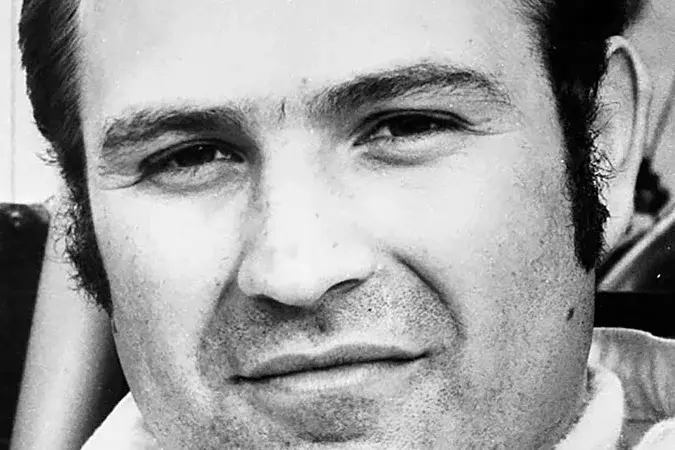
The early days
PP Sauber AG was founded by Peter Sauber in Hinwil, Switzerland, as an independent constructor of open two-seater racing sports cars in 1970. The passionate Sauber himself first raced with a modified VW Beetle, which inspired him to pursue a career in the world of motorsports.
His first race car, the Sauber C1 (“C” stands for the first initial of his wife’s name, Christiane), won the 1970 Swiss sports car championship. The “C” has become a trademark for Sauber race cars, and remains in place to date.
Sauber achieved international prominence with the C5, in which Herbert Müller won the then acclaimed Interserie Championship in 1976. The C5 then continued to participate in the 24-hour endurance race at Le Mans in 1978.
Where stars are born
With a special sense for discovering young champions, Peter Sauber established a team that became known for discovering talented drivers and giving them an opportunity to enter the world of Formula One.
Among the rookies who made their first steps with Sauber were Michael Schumacher, Heinz-Harald Frentzen, Kimi Räikkönen, Felipe Massa, Robert Kubica, Sebastian Vettel, Kamui Kobayashi, Sergio Perez, Antonio Giovinazzi, Charles Leclerc, and Zhou Guanyu. Other great talents to have sat in a Sauber cockpit are Johnny Herbert, Jean Alesi, Nick Heidfeld, Jacques Villeneuve and Nico Hülkenberg, to name a few.
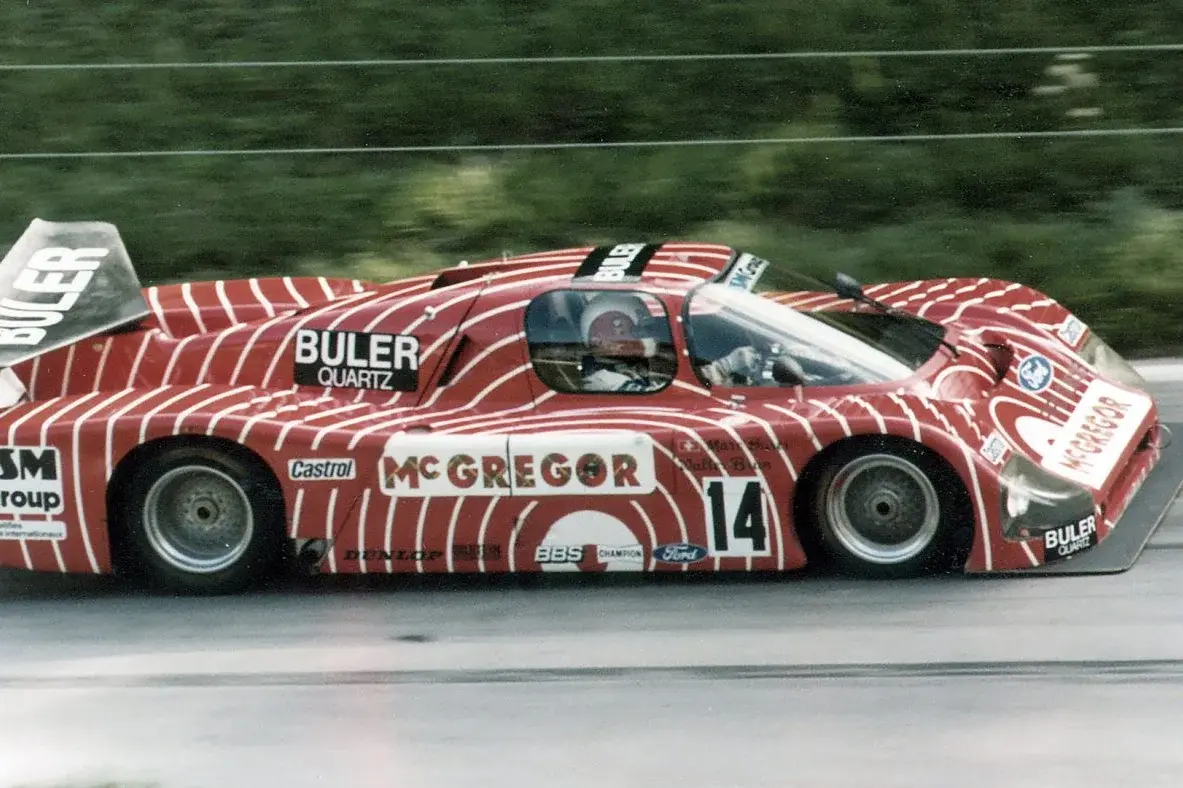
Sports Cars – The Group C Era: 1982 – 1988
1982 was a significant year for Peter Sauber. He was commissioned by the Swiss composite materials manufacturer Seger & Hoffmann to build a car for the Group C World Sports Car Championship. The Sauber C6 was born. In 1986, the Sauber C8, fitted with a Mercedes engine, won the 1000-kilometre race at the Nürburgring. On the strength of that result, Peter Sauber convinced Mercedes to return to international motorsport after over 30 years. It was the start of a new chapter and from 1988, Sauber acted as Mercedes’ official works team.
Mercedes and Le Mans victories: 1988 – 1991
As the official Mercedes “works” partner, Sauber brought back the famed “Silver Arrows” and in 1989 won both the Drivers’ and Manufacturers’ titles in the World Sports Car Championship, as well as a one-two result in the legendary 24 Hours of Le Mans endurance race.
The following year saw another victory in the competition for the World Championship title. At the same time, Sauber started a junior racing programme with Michael Schumacher, Heinz-Harald Frentzen and Karl Wendlinger in the cockpits of his cars. Looking to enter Formula One, Mercedes started a joint project with Sauber in the summer of 1991, with preparations to enter the Championship in full swing.
With this new project in place, Sauber built a new factory on the company site in Hinwil, Switzerland. Unfortunately, due to the strained economic climate, the project did not ultimately materialise, and Sauber had to take the crucial decision on whether to either withdraw or enter Formula One on its own.

Formula One: 1992 – 2005
In January 1992, Peter Sauber decided to stay on track and pursue an entry in the Formula One Championship as a private team. By autumn, the first tests in the C12 were under way, with an Ilmor engine providing the power. At that moment, the company was employing just under 70 staff.
On the 14th of March 1993, the two Sauber C12 race cars, driven by Karl Wendlinger and JJ Lehto, were firmly on the grid of the South African Grand Prix. With two World Championship points for fifth place claimed by the Finnish driver (Lehto), this debut year turned out to be an acclaimed success.
During the 1995 and 1996 seasons, Sauber served as the works team for the engine manufacturer Ford. Contracts signed with Red Bull and Petronas in 1995 provided a solid foundation that enabled the Swiss team to establish itself in Formula One. 1995 brought the team’s first podium finish with Heinz-Harald Frentzen in the Sauber C14 securing third place in the Italian Grand Prix at Monza.
From 1997 to 2005, the cars were powered by Ferrari engines with Petronas as the Title Sponsor. In 2001, Sauber secured fourth place in the Constructors’ World Championship with the rookie Kimi Räikkönen.
In the same year, Sauber took steps in terms of the technical development of its own facilities. The company was renamed Sauber Motorsport AG and the construction of the wind tunnel began. The inauguration of the state-of-the-art wind tunnel took place in December 2003, and went on-stream in the spring of 2004.
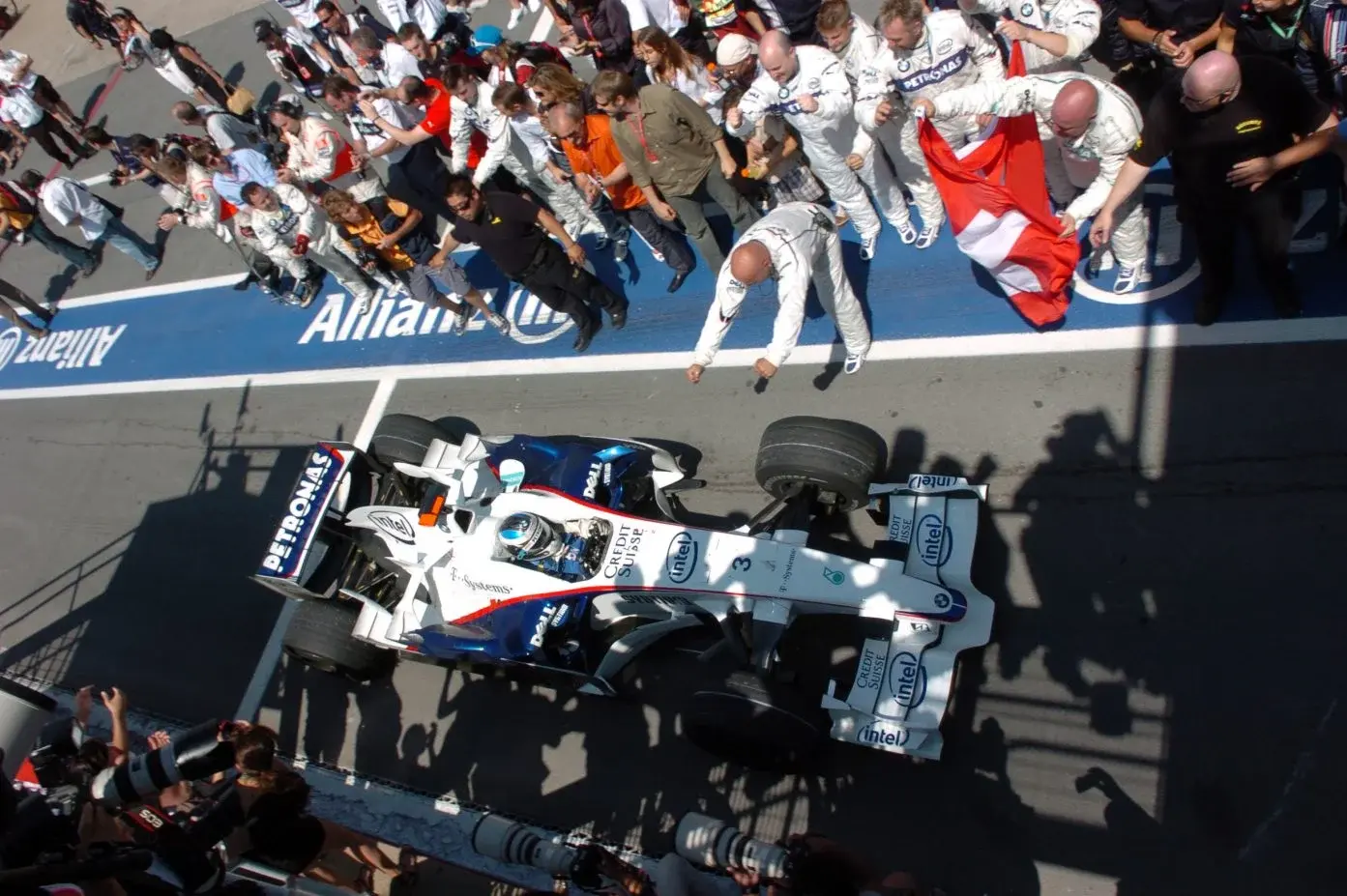
Formula One – The BMW-Sauber Era: 2006-2009
With the new facility in place and the perseverance of Sauber, interest from BMW was sparked. The car manufacturer, which had been involved in Formula 1 with Williams since 2000, was keen to set up its own works team. On the 22nd of June 2005, BMW announced its acquisition of a majority stake in the Swiss team and the team became a full works team – the BMW Sauber F1 Team.
2008 would mark the next milestone in the history of the team. The team finished its first one-two finish at the Canadian Grand Prix, with Robert Kubica ahead of Nick Heidfeld. The team ended the season in third place overall, with a total of 135 points and 11 podium finishes.
Following a challenging start to the 2009 season, BMW announced its withdrawal from Formula One at the end of the season. The team finished the World Championship, with a total of 36 points, in sixth place. At the end of 2009, Peter Sauber reached an agreement to buy back his company from BMW, starting yet another new chapter in the story of the team.
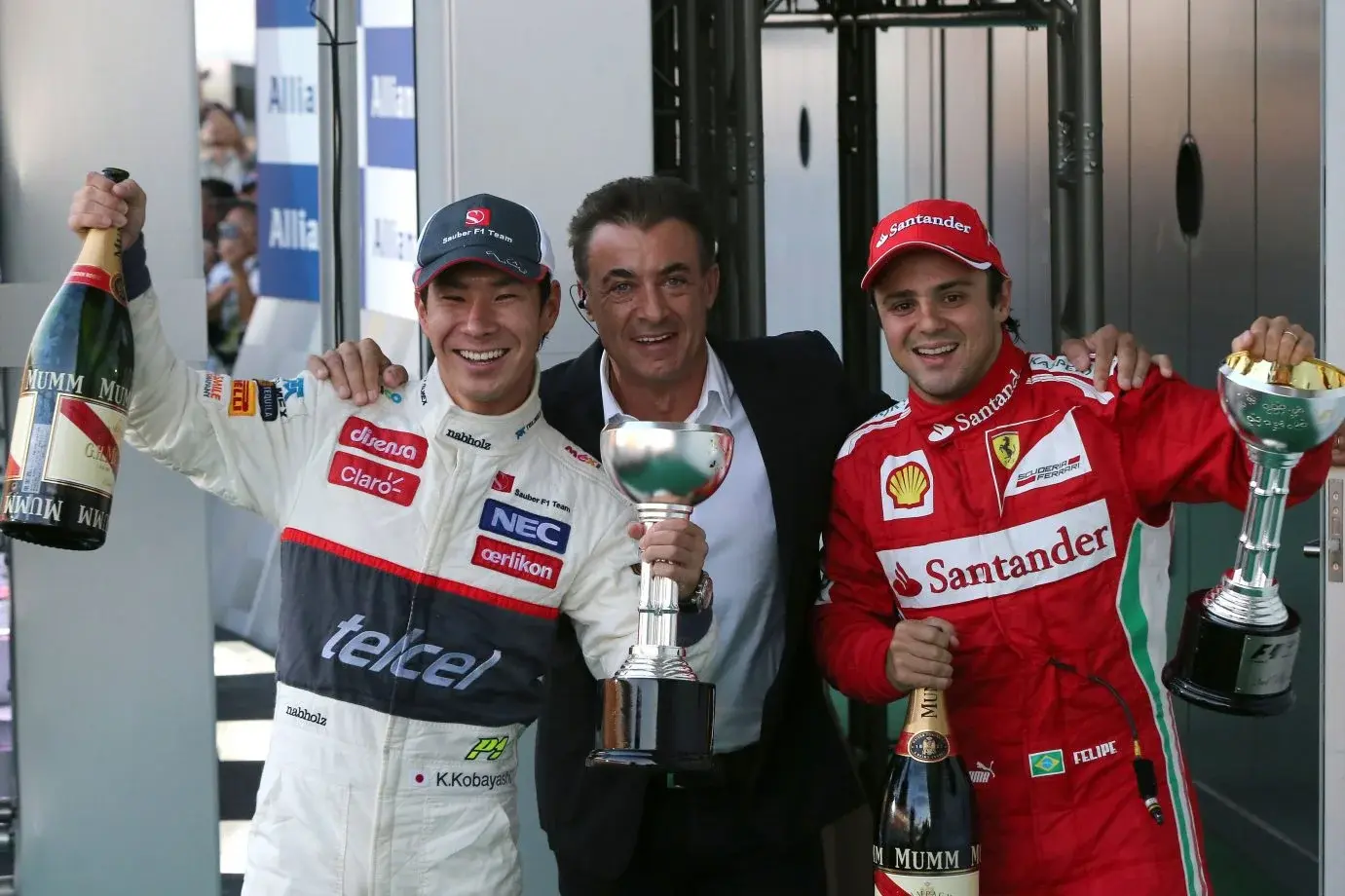
Formula One – Independent team: 2010 to 2017
Sauber had entered its 40th season in motor racing in 2010, with Ferrari back as its engine supplier and new drivers Kamui Kobayashi and Pedro de la Rosa in the cockpits.
2012 was a very good year for the Sauber F1 Team, headlined by four podium finishes, 126 World Championship points and sixth place in the Constructors’ standings. On the 11th of October 2012, Peter Sauber stepped down as Team Principal and passed the baton to Monisha Kaltenborn – making her the first female to hold the position of Team Principal in the history of the sport.
The following seasons became difficult for the Sauber F1 Team. As the gap to other teams increased, Sauber finished a season without any championship points for the first time.
In 2015, the team bounced back scoring 36 points and finishing eighth in the Constructors’ Championship. The results continuously improved in comparison to the previous year, and the team celebrated its 400th GP at the United Stated Grand Prix in Austin, Texas.
Sauber Motorsport saw an ownership change in July of 2016. Longbow Finance, an investment firm based in Switzerland, purchased the shares of the company and restructured its operations for the future. In 2017, the French engineer and motorsport expert, Frédéric Vasseur, took over the role of Team Principal.
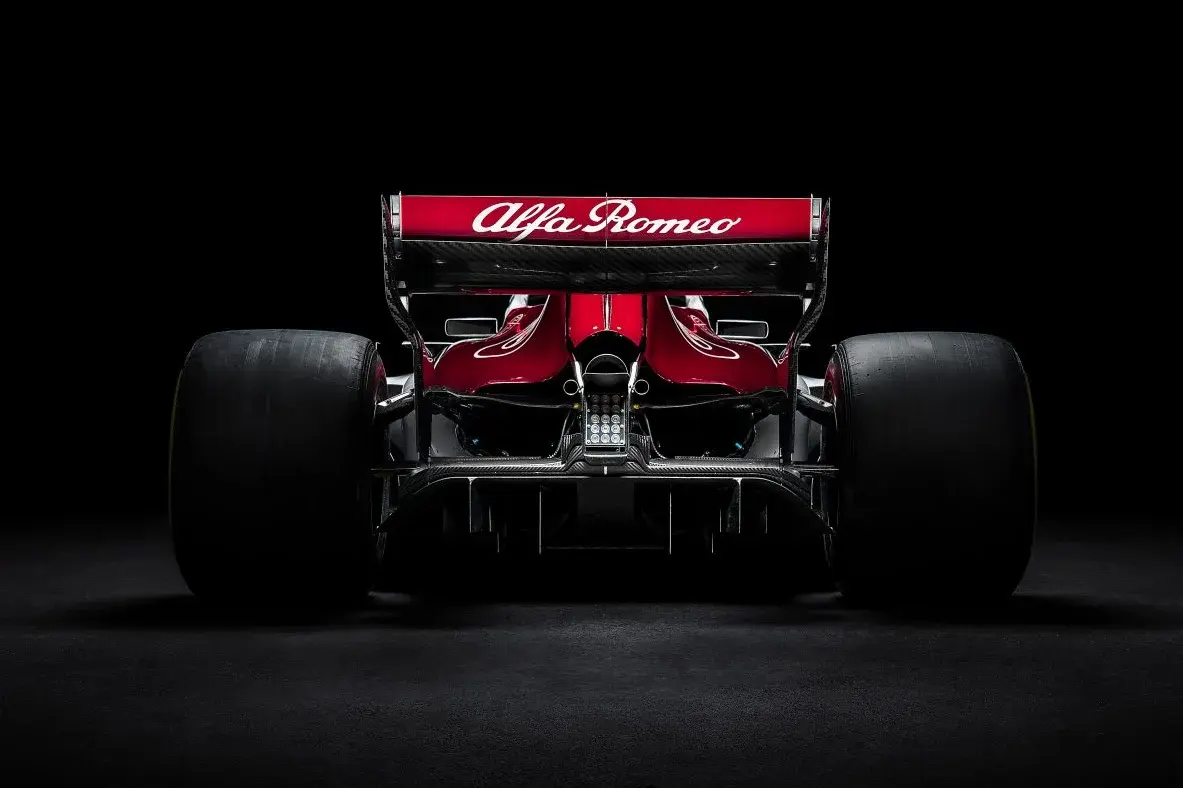
Formula One – 2018 Season: Alfa Romeo Sauber F1 Team
On the 2nd of December 2017, Alfa Romeo and Sauber announced their multi-year partnership, with Alfa Romeo becoming the team’s Title Sponsor. The newly named Alfa Romeo Sauber F1 Team marked the iconic brand’s comeback to Formula One after an absence of more than 30 years. The C37, powered by the 2018 Ferrari power unit, made its debut at Melbourne in Australia with the experienced Swedish driver, Marcus Ericsson, and the Monégasque rookie, Charles Leclerc. The Alfa Romeo Sauber F1 Team scored the first points of 2018 as early as the second GP in Bahrain with Marcus Ericsson, and in the fourth round in Baku with Charles Leclerc.

Formula One – 2019 Season: Alfa Romeo Racing
The long-term partnership between Sauber and Title Sponsor Alfa Romeo was initiated in 2018. Over the past year, the Team made continuous progress and finished the championship in 8th place. The term of the collaboration has been further extended, with the ownership and management of Sauber remaining unchanged and independent. As Alfa Romeo Racing, the goal continues to be the achievement of ambitious results at the pinnacle of motorsport.
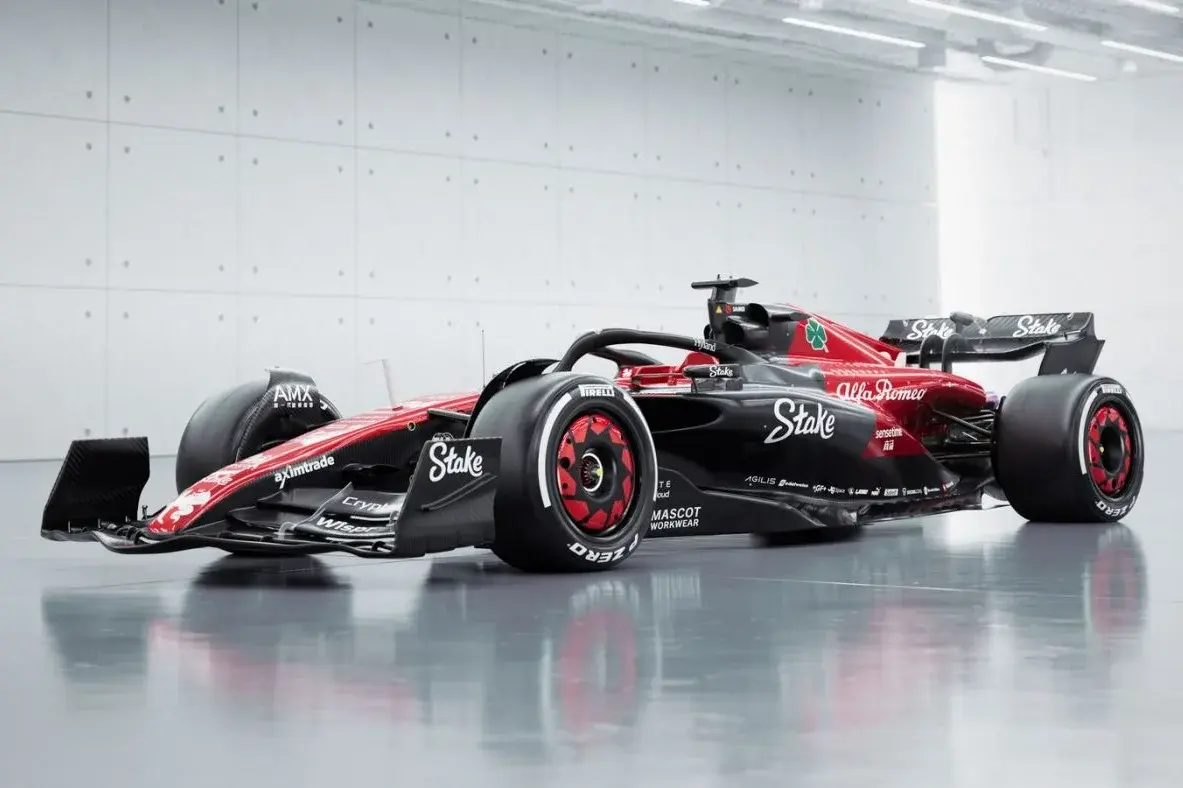
Formula One – 2019-2023: Alfa Romeo F1 Team
The long-term partnership between Sauber and Title Sponsor Alfa Romeo was initiated in 2018. The following year the term of the collaboration was extended further, while the ownership and management of Sauber remaining unchanged and independent. Returning champion Kimi Räikkönen and skilled Italian Antonio Giovinazzi flew the team’s flag for three consecutive seasons together, succeeded by a brand-new line-up from 2022 onwards, with experienced Finn Valtteri Bottas being partnered by the first-ever Chinese Formula One driver, Zhou Guanyu. As Alfa Romeo Racing first, and later Alfa Romeo F1 Team, the goal continued to be the achievement of ambitious results at the pinnacle of motorsport.
Formula 1 - 2024-2025: Stake F1 Team KICK Sauber and the transition towards becoming the Audi factory team
January 1st, 2024, marked the beginning of a new chapter for the team, as it embraced a fresh identity as Stake F1 Team KICK Sauber. In a eye-catching black and fluo racing green, Valtteri Bottas and Zhou Guanyu completed their third and final season with the team, bidding farewell in Abu Dhabi at the end of the year.
In 2025, a fresh driver line-up stepped in: F1 veteran, Nico Hulkenberg, returned to Hinwil after his brief stint in 2013, joined by 2024 Formula 2 Champion, Gabriel Bortoleto, bringing Brazil back to the Formula 1 grid for the first time in eight years.
With a clear eye on the future, 2025 shapes up as a pivotal year in the team’s journey, laying the foundations for its transformation into the Audi factory team from 2026 onwards.
Milestones Overview
| Year | |
|---|---|
| 1970 | PP Sauber AG established / The “C1” wins the 1970 Swiss Sports Car Championship |
| 1976 | Herbert Müller wins the Interserie championship in 1976 with the “C5” |
| 1978 | The C5 enters the 2-litre class in Le Mans 24 Hours |
| 1982 | The Sauber C6 enters the Group C World Sports Car Championship |
| 1986 | The Sauber C8 fitted with a Mercedes engine wins the Nürburgring 1000 Kilometres |
| 1988 | Sauber becomes the Mercedes official works partner |
| 1989 | Sauber wins both the Driver’s and Constructor’s Championships in the World Sports Car Championship / One-two result at Le Mans 24hours |
| 1990 | Second consecutive win of the World Sports Car Championship (Constructor’s) |
| 1991 | Building of new factory site in Hinwil starts |
| 1992 | C12 equipped with Ilmor engines starts testing for Formula One |
| 1993 | Sauber and C12 debuts at the Formula One Championship – 7th in Constructor’s standings |
| 1995 | Works team for Ford with Red Bull and Petronas as partners |
| 1997 | Ferrari engines with Petronas as Title Sponsor |
| 2001 | Construction of the wind tunnel begins in Hinwil |
| 2004 | The state-of-the-art wind tunnel begins operation |
| 2005 | The start of the BMW Sauber F1 Team |
| 2008 | Maiden victory for the team with a one-two finish at the Canadian GP with Robert Kubica leading Nick Heidfeld – 3rd in the Constructor’s Championship |
| 2009 | BMW announces withdrawal from Formula One post 2009 season |
| 2010 | Sauber F1 Team participates in the Formula One Championship as an independent team |
| 2012 | Peter Sauber passes the Team Principal baton to Monisha Kaltenborn – first-ever female in the sport’s history |
| 2015 | The Sauber F1 Team celebrates its 400th GP in Austin at the United States Grand Prix |
| 2017 | Frédéric Vasseur becomes new Team Principal of the team |
| 2018 | Alfa Romeo becomes the Title Sponsor for the Swiss Team. The Alfa Romeo Sauber F1 Team makes its debut at Melbourne in Australia with the C37 powered by the 2018 Ferrari power unit and the driver line-up of Marcus Ericsson and Charles Leclerc |
| 2019 | The collaboration is further extended, with the team changing its name into Alfa Romeo Racing. Eighteen years and a Formula One World Championship later, Kimi Räikkönen makes his return to the Swiss team, joined at the wheel of the C38 by Antonio Giovinazzi. |
| 2020 | Another Sauber graduate makes his return to the Swiss outfit, with Robert Kubica re-joining as the team’s reserve driver. |
| 2022 | The team welcomes the start of a new Formula One era with a new name and a new line-up: Valtteri Bottas joins Alfa Romeo F1 Team, partnered by Zhou Guanyu, the first-ever driver from China to step up to the pinnacle of motorsport. |
| 2023 | After a long-standing partnership of six years, Alfa Romeo parts ways with Formula One. |
| 2024 | The team debuts a brand-new identity as Stake F1 Team KICK Sauber. Valtteri Bottas and Zhou Guanyu complete their third and final season with the team. |
| 2025 | A new chapter begins as Nico Hulkenberg makes his return to Hinwil, joined by Brazilian Formula 2 Champion, Gabriel Bortoleto. Guided by Mattia Binotto and Jonathan Wheatley, respectively Head of the Audi F1 Project and Team Principal, the team sets its sights on becoming the Audi factory team from 2026. |